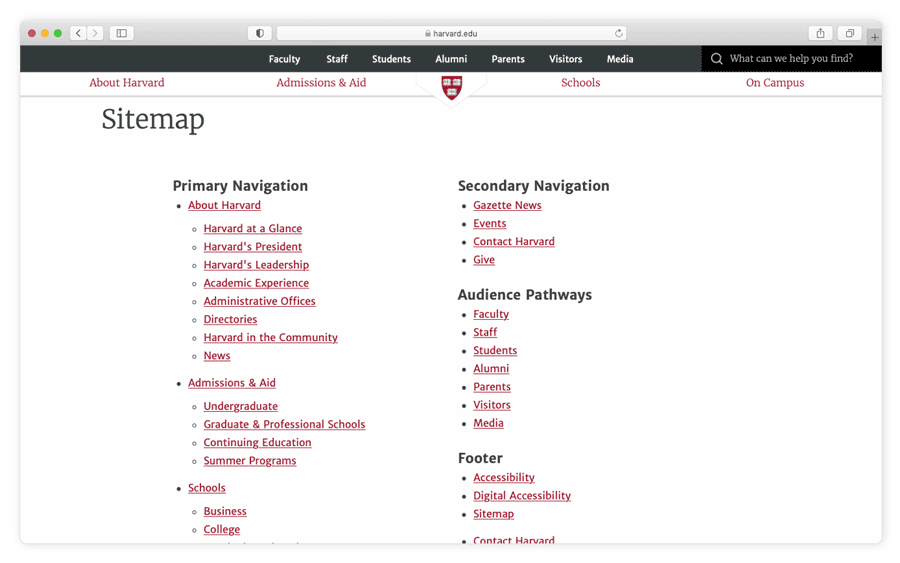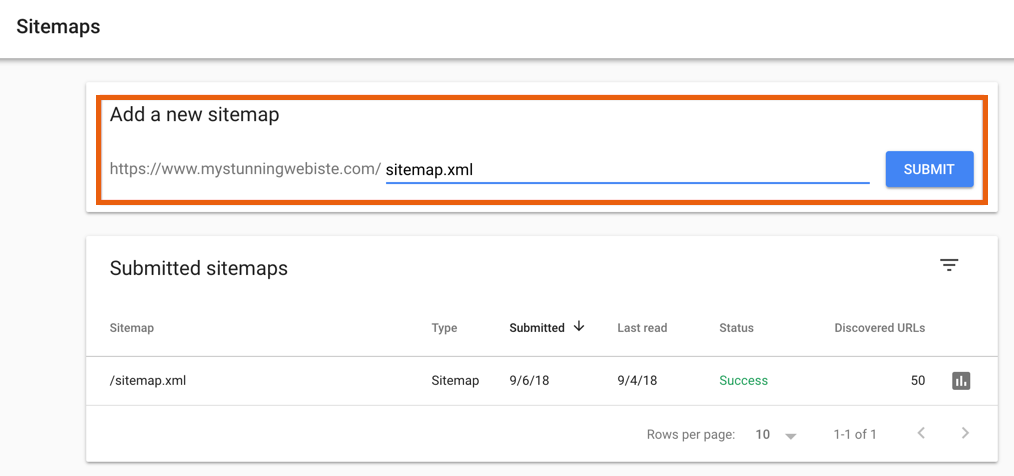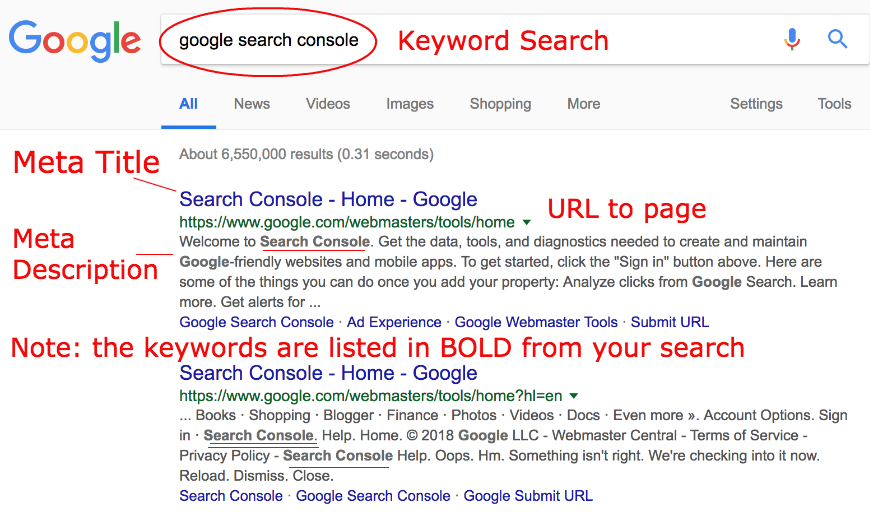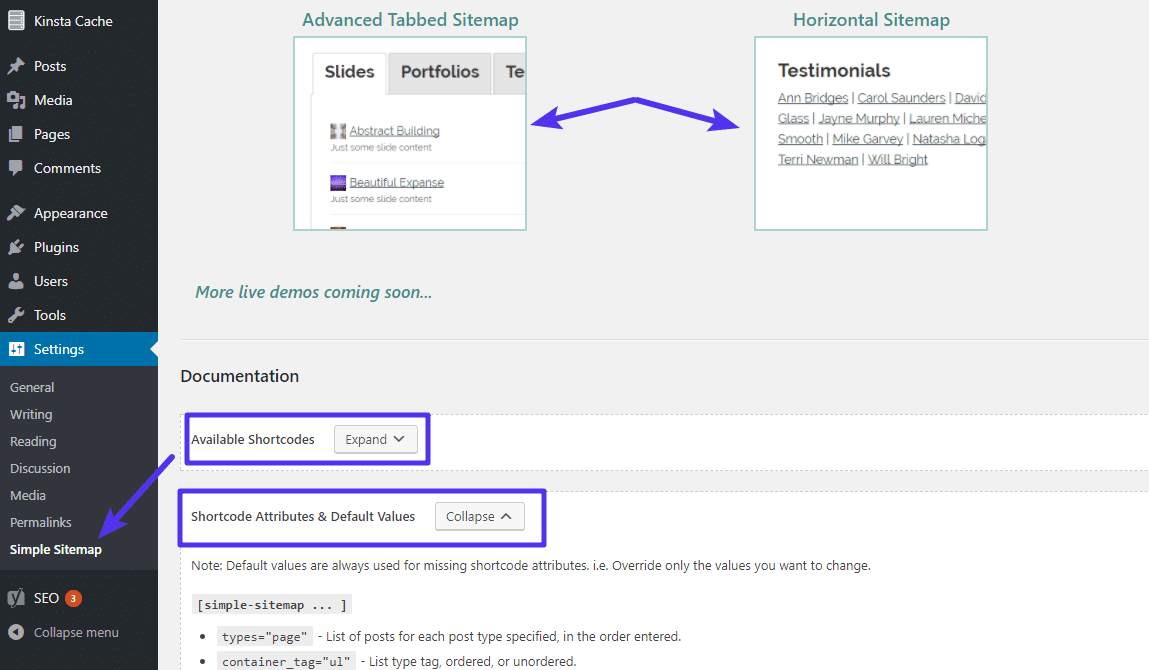One of the most frequent questions we get here at Diib® is what is a sitemap in SEO and how to create an XML sitemap for a website. First off, a sitemap is a document that outlines the structure and hierarchy of a website. It helps web crawlers and users understand the website’s layout and find specific pages on the site.
Sitemap designs can be in XML or HTML format and are often generated by software programs like Adobe Dreamweaver or Microsoft Expression Web. This blog post will discuss the benefits of using a sitemap and how to create a sitemap for your website.
What is a Sitemap in SEO?
A sitemap informs Google about the pages and files you think are most vital to your site and provides helpful information on these files. For example, when the page was last updated and whether there are different language versions.
You can use a sitemap to categorize website material, such as videos, images, and news content. For instance:
- Video: You may provide information such as the length of the video, what type of content it is (e.g., comedy or educational), and the URL where users can watch it.
- Images: Including an image and a sitemap can help Google better understand your site’s images and display them in search results with relevant captions.
- News: If you have a news website, you can use a sitemap to list your latest headlines and articles. This will make it easier for users to find your latest content.
Types of Sitemaps
There are three types of sitemaps:
XML Sitemap
This sitemap uses Extensible Markup Language (XML) to list the URLs for a website. It helps search engine crawlers and users quickly find the pages on your website. You can create an XML sitemap using various tools, including Google’s own XML Sitemap Generator.

(Image Credit: Metatags.org)
HTML Sitemap
This is a sitemap that lists the URLs for your website in HTML format. It also provides additional information about each URL, such as when it was last updated and how important it is relative to other pages on your site. Like XML sitemaps, you can create HTML sitemaps with various tools, including Google’s Sitemap Generator.

(Image Credit: Slickplan)
Image Sitemap
An image sitemap helps you list the URLs for all the images on your website. It also provides additional information about each image, such as when it was last updated and how important it is relative to other images on your site. You can create an image sitemap using a free online tool like ImageSitemap.com.

(Image Credit: DYNO Mapper)
All three types of sitemaps are optional, but they can be helpful if you want to make sure that search engines and users have an easy time finding all the pages on your website. This is a significant ranking factor in Google’s algorithm, so getting this piece of your SEO done correctly is vital.
For example, if you have a large website with many pages, an XML sitemap can help ensure that search engines index all your pages. Or, if you have a lot of images on your website, an image sitemap can help ensure that those images are also indexed.
You Might Also Like
Reasons Why You Would Need a Sitemap
Every website should have a sitemap. Sitemaps are the ideal format for managing and keeping URLs, especially when you have hundreds of thousands of URLs. For instance, an internet eCommerce store with thousands of goods will need a good sitemap.
- When you have many sitemaps for a website, you may want to separate and manage sections of your site individually.
- The most frequent pair of website sitemap files is a page_sitemap.xml file and a post_sitemap.xml file.
- A sitemap helps evaluate the pages on your site and your posts. This is helpful because blogs are more frequently updated than websites and contain more pages (10 sites compared to 100 blog articles, for example).
- Sitemaps for each product category might make page management more manageable if you run an eCommerce website. You could create a sitemap for your menswear items, womenswear products, accessories, etc.
- When the time comes to audit and updates your accessory pages, you’ll have a list of the relevant pages, making your work easier.
- The most significant advantage is that you can quickly notify Google of any modifications to your website rather than waiting for Google to discover your pages when it next crawls your site.
You should submit your sitemap to Google using the Google Search Console tool, which will send an alert that this list of pages should be indexed next. This will ensure that every page is quickly indexed after it’s submitted, as we already said, rather than waiting for Google to discover your sitemap and detect any lastmod tags on a page.
Reasons Why You Might Not Need a Sitemap
- If your site is small – we’re talking about a few hundred pages or less on your website, which is considered “small” by Google. (This total includes only pages you believe should be included in search results.)
- Your website is well interlinked – Which implies that Google can crawl all the critical pages on your site by following links from the homepage.
- You lack media files such as images, videos, or news pages on your website – Google tends to use sitemaps to assist it in discovering and comprehending video and image files and news articles on your site. You may not need a sitemap if you don’t want these results to show in pictures, videos, or news search results.
- Google can usually discover most of your website if its pages are adequately linked. It’s essential to connect all the pages you believe to be critical together, such as using a site’s menu or links on individual web pages.
On the other hand, a sitemap may improve scanning for more significant or complex sites and more specialized files.
How to Create a Sitemap: Step-by-Step Guide
You should follow a step-by-step guide if you want to learn how to create a sitemap.
First, you must gather the information you will include in your sitemap. This consists of all webpage URLs and the corresponding titles and descriptions.
Step One: Crawl Your Website Using Crawling Software
The first step is to crawl your website using crawling software. This will collect all the information about your website’s pages and structure. One ideal software is Screaming Frog. Screaming Frog is a perfect tool because it’s free and offers a wide range of features for website owners. For instance:

(Image Credit: Screaming Frog)
Step Two: Create a Sitemap File
Once you have collected all the data, you must create a sitemap file. This file will include all the URLs of your website’s pages and the titles and descriptions of each page.
Step Three: Get Rid of Unwanted URLs
When you’re finished crawling, double-check the entire list of URLs to make sure none of them are included in your sitemap. Right-click any URLs you don’t want to include and pick “Remove.” If you have numerous links you wish to remove, hold down the Shift or Ctrl key (on Windows).
Step Four: Go to the Sitemap Menu
Open the Sitemap menu on the toolbar and choose “XML Sitemap.” A menu will appear with a variety of options. The default choices will include only Status 200 URLs in the sitemap, but you may choose to include pages with no-index tags, paginated pages, or URLs with 301 redirects.
Step Five: Save the Sitemap
You’ll be given the option to save when you’ve completed your modifications. When you click “Next,” a Save menu will appear. The file type will be XML by default.

Step Six: Upload Your Sitemap File to Your Web Server
Upload your sitemap file to your web server to be accessed by search engines. You can copy the file to your root directory or add it to your robots.txt file.
How to Submit Sitemap to Google
A sitemap is a file that lists the URLs for a website. It helps Google discover and index pages on your site.
Learn how to submit a sitemap to Google in the following two ways:
- Upload it to your site’s root directory (the same as your home page) using the Sitemap Protocol.
- Submit it through a Search Console tool. To do so:
- Log into your website’s Search Console account
- Go to the “Sitemap” page under the “Index” menu on the left
- Google will then schedule the crawl of these URLs
- Google will change the “Status” column in the “Submitted sitemaps” box to “Crawl Complete”
If you’re not sure whether your site needs a sitemap, we recommend that you create one anyway. A well-optimized sitemap can help improve your site’s search engine rankings and visibility.
Sitemap SEO Tips
For a website to rank high in search engines and gain widespread exposure online, it must also be well-structured. The rivalry among websites is intense, with each striving to achieve the highest possible positions in search engines and acquire as much exposure as possible. This has highlighted the importance of including site maps in SEO when ranking higher within search engines.
To enhance search engine ranking and encourage visitors to stay on your website, we strongly recommend using the following SEO techniques:
- Bio Page: Create a compelling bio page for your business or organization. Include SEO-friendly meta tags with your pages to get more traffic from search engines.
- Keywords in H1 Tags: Add keywords to each page’s H1 headings to boost keyword presence in SERPs. You needn’t limit yourself because Google encourages businesses to have one sitemap per domain.

(Image Credit: HubDoHelp)
- Add and Organize Sitemaps: Add as many sitemaps as possible while still keeping them organized! Google penalizes websites that do not comply with this guideline by lowering their rank and is predominantly negative toward websites without a proper URL structure (SEO)—using metatags and.
- Make Info Easily Accessible: Allow visitors to access all of the information from each website page right away at the top of the first screen they see, resulting in more pages indexed and crawled. As a result, the search engine will notice that more content has been indexed and crawled.
An XML sitemap allows a website owner to tell the search engines what information they should crawl. In addition, website owners may adjust the site’s hierarchy and importance and view more details about when the material was last updated.
- Develop Keyword-Specific Content: When a sitemap is created, you must include relevant information which would show up in keyword searches to develop keyword-specific content for the website. The website receives a higher ranking in search engines due to this outcome.
- Add Keywords in Every Sitemap Link: You must also add keywords to each link in the sitemap after it’s generated. As you go along, remember to include keyword phrases with every link. The search engine will recall the sitemap as full of relevant keywords as a consequence of this. Due to this, you may improve your position in the search engine results pages.
Importance of Sitemaps for SEO
Sitemaps play an essential role in SEO. They help Google and other search engines better understand your website and its content. This, in turn, will result in improved rankings for your website.
Although XML sitemaps have not been widely seen as a tool for SEO, they are, in fact, an essential component that guarantees a website is appropriately ranked on search engine results pages.
The search engine will look at data from the site map, usually found in a specific location. This is crucial because there are millions of websites to crawl and you must ensure you are not doing your website a disservice by skipping an XML sitemap.
The most popular search engines recognize XML sitemaps, allowing a single file to be submitted. And when the website is updated, only the file needs to be updated. This makes it simple to update the information on your website without much effort. When you use a sitemap generator, things become even more straightforward.
Before HTML, SEO was a bit difficult since search engines measured the relevance of web pages based on the keywords they contained. This is because online content includes blogs, multimedia files, and many other data types. Adding an XML sitemap to your website allows search engines to crawl and index it properly and lets all search engines know about the site map by placing it in the robots.txt file.
Simply put, sitemaps help search engines rank your website in their results, boosting its SEO visibility. When a website appears on the top page of a search engine results page, it becomes visible to more internet users, increasing traffic to your site.
Therefore, sitemaps help enhance your website’s ranking and increase your visibility on search engines.
What is Sitemap Design?
There are many advantages to using an online sitemap design builder over paper or whiteboards, including ease of editing, saving and sharing, and iterative development. Taking it a step further, using a cloud-based application to make sitemaps online offers several benefits in addition to collaboration and sharing with coworkers or clients by allowing direct access to the project.
The sitemap is your website’s bread and butter; it serves as a gateway for Google to access the rest of your content. Creating a dynamic strategy (in other words, changing) with an online sitemap is critical as part of an SEO strategy.
Online applications that create sitemaps enable you to quickly link to internet material while keeping everything in one location. Using an online tool prevents you from having to keep software installations up to date.
To design a sitemap, here is what you need to do:
- Determine the website’s structure
- Create a content hierarchy
- List pages and links
- Check for broken links
- Validate your sitemap’s code
How to Create an XML Sitemap for Website
Here are steps on how to create an XML sitemap for your website:
- First, you will need a sitemap generator. You can find several online tools that allow you to create a sitemap for your website.
- Next, you must add the location of your XML sitemap file in the web server’s root directory. The filename should be “sitemap.xml.”
- Once the file is uploaded, it will automatically send notifications to Google and other search engines about any updates to your website’s content.
- You can also use FTP software such as FileZilla to upload your XML sitemap file to your web server.
If you use WordPress, many plugins can help you generate and submit a sitemap to Google and Bing Webmaster Tools. For example:

(Image Credit: Kinsta)
Some popular plugins include:
- Google XML Sitemaps
- Yoast SEO Plugin
- The WordPress SEO by Yoast plugin is the most comprehensive solution for optimizing your website with WordPress. It includes features like XML sitemap support, breadcrumbs, title and meta description editing, canonical URLs, permalink cleanup, and much more.
If you are not using WordPress, there are other ways to generate an XML sitemap for your website. You can search for guides on creating a sitemap using HTML or ASP.NET.
Diib® Digital: Your Sitemap SEO Metrics at a Glance!
Learning what a sitemap in SEO is and how to create the best XML sitemap is vital to your website. It helps search engines understand your site and provides users with a view of how your website is structured. Using a sitemap for SEO purposes can ensure that search engines and users have the best possible experience on your website. Diib® Digital offers a comprehensive look at your sitemap SEO health and notifies you when changes are needed. Here are some of the features of our User Dashboard you’re sure to love:
- Bounce rate monitoring and repair
- Social media integration and performance
- Broken pages where you have backlinks (404 checker)
- Keyword (including snippets), backlink, and indexing monitoring and tracking tools
- User experience and mobile speed optimization
- Technical SEO monitoring, including sitemaps
Click here for your free 60-second site scan or simply call 800-303-3510 to speak to one of our growth experts.



